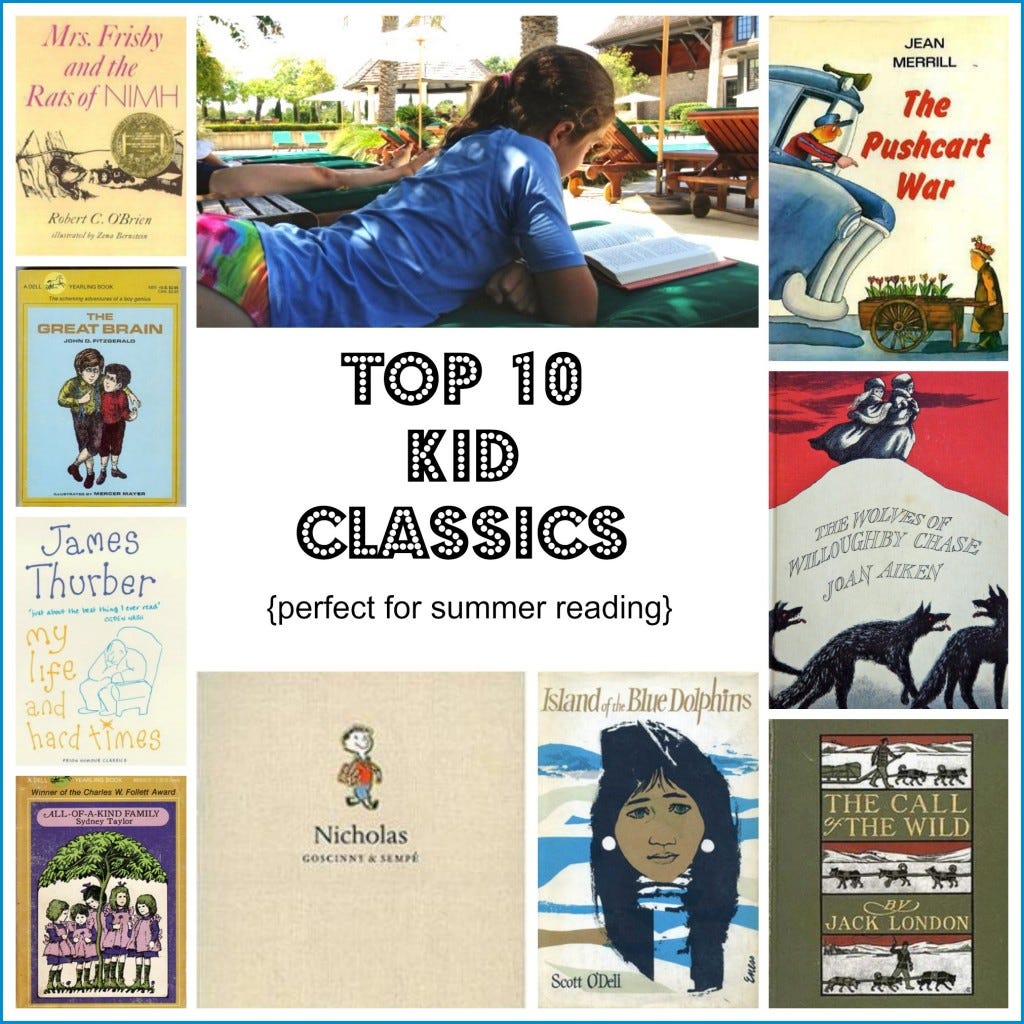Kid Classics for Summer

Just in time for summer reading, I'm delighted to present this guest-post by Catherine Hong, veteran magazine editor and writer, mother of two, and the Mrs. behind Mrs. Little, one of my most favorite book blogs for kids that you should be reading if you're not already. Take it away Catherine! --JR
I know that plenty of great children's books were publis…




